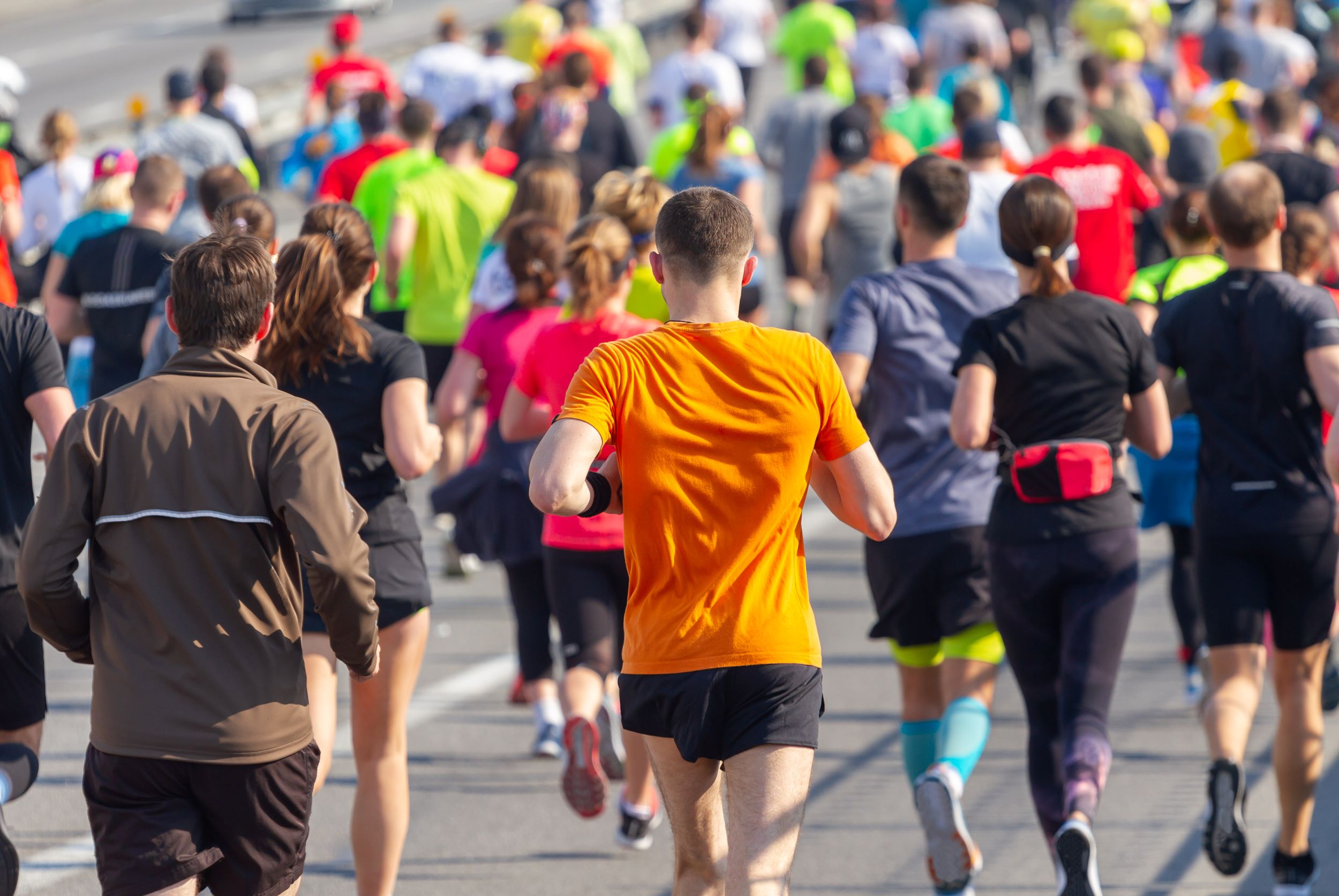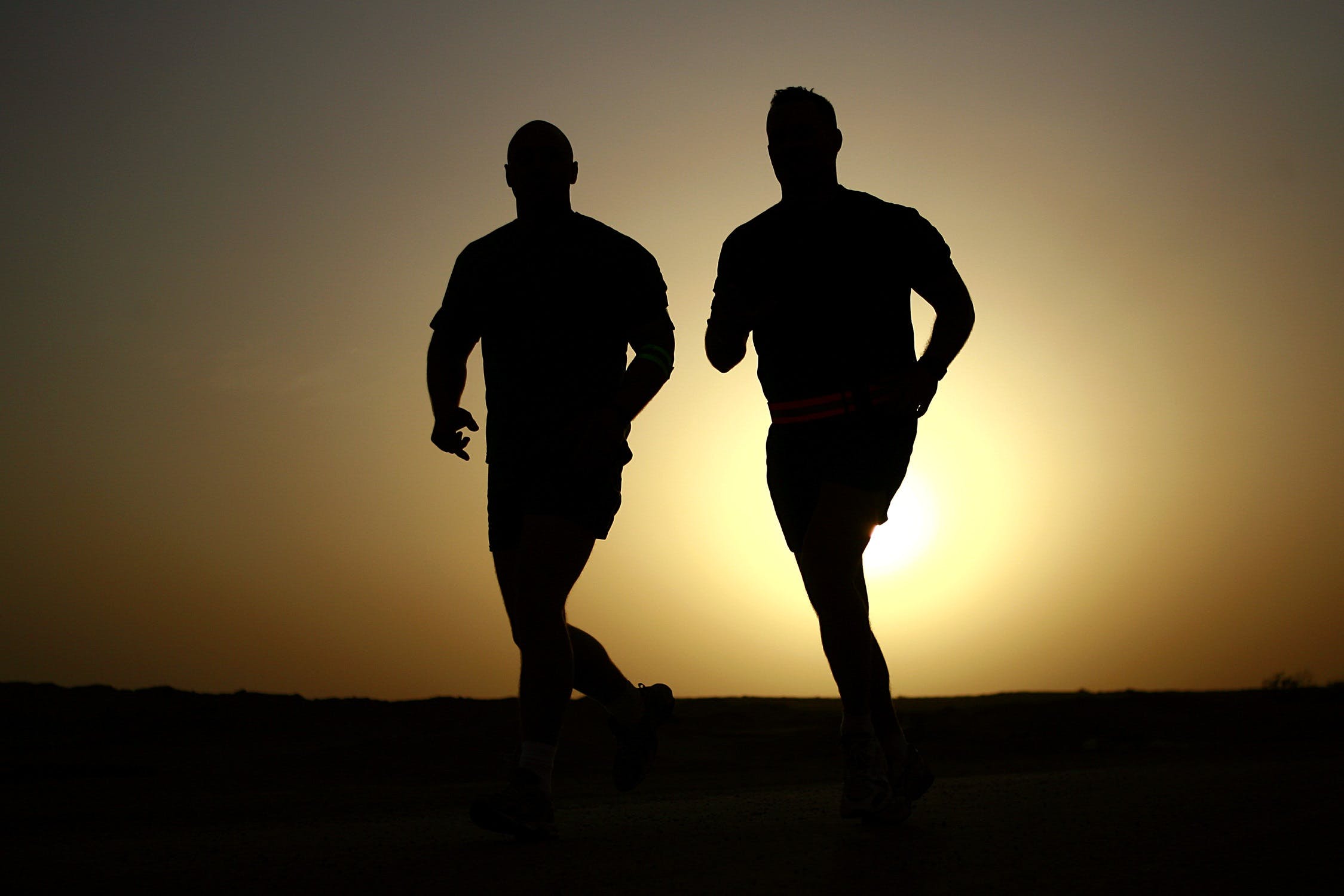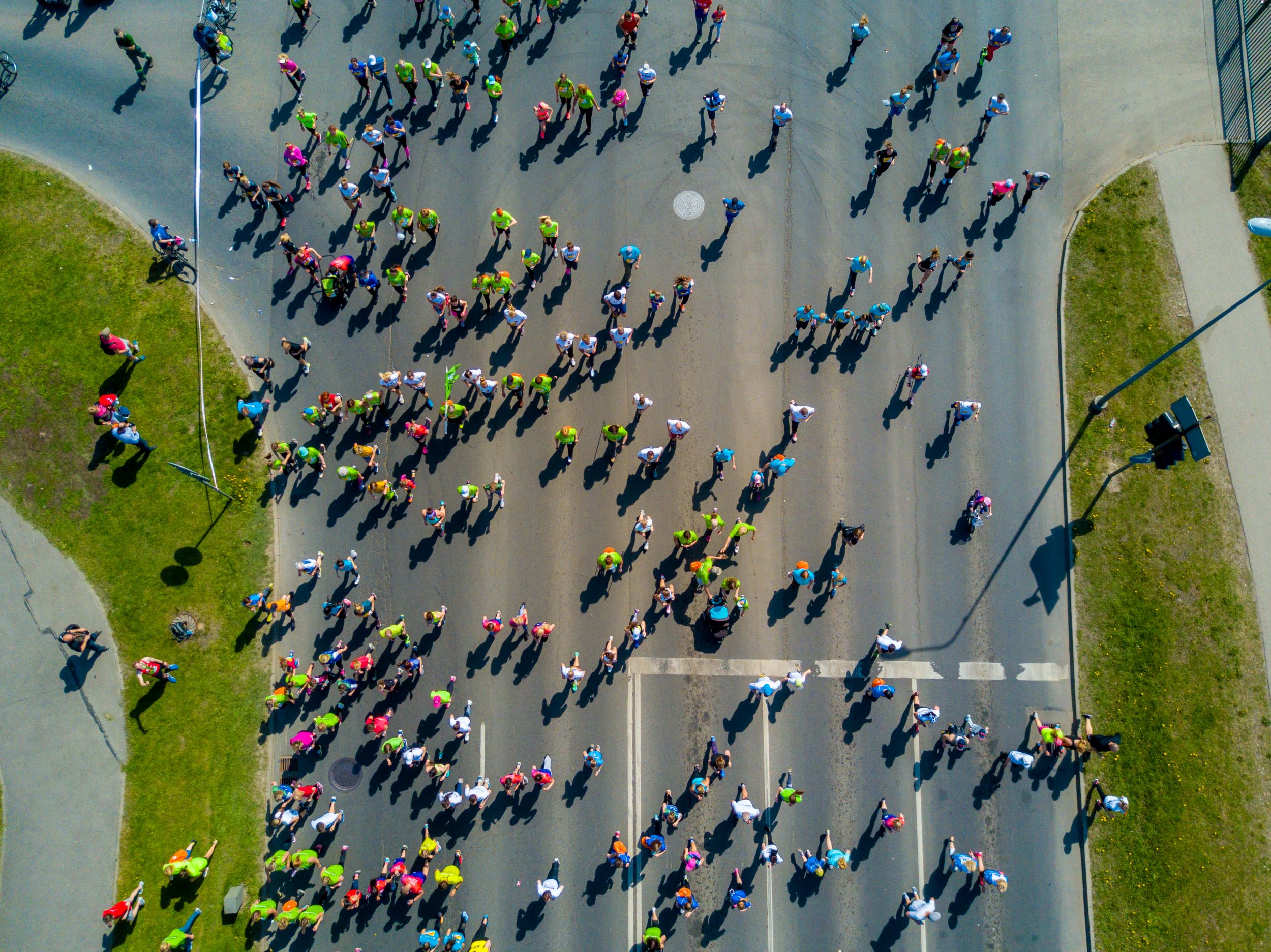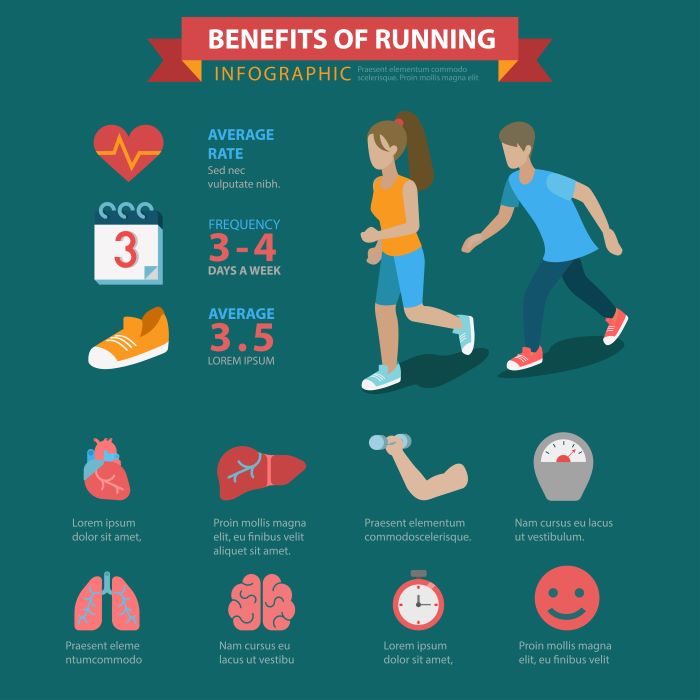When it comes to understanding how running affects fat loss, one must consider the science behind exercise and metabolism. Running is not only a great way to boost cardiovascular health but also an effective method to shed unwanted fat. As you run, your body relies on various energy systems, primarily carbohydrates and fats, to fuel your activity.
The key to effective fat loss lies in maintaining an optimal heart rate zone. This is often referred to as the fat-burning zone, where your body burns a higher percentage of fat relative to carbohydrates. Typically, this zone is around 60-70% of your maximum heart rate.
Here are several factors that affect how running targets fat:
- Intensity: Higher intensity running, such as sprinting, can lead to a greater overall calorie burn, even if a lower percentage of that comes from fat.
- Duration: Longer, steady-state runs can help tap into fat stores more effectively as glycogen levels deplete.
- Frequency: Regular running sessions create a consistent calorie deficit, promoting fat loss over time.
Additionally, incorporating varied terrains such as hills or trails can enhance the fat-burning process by increasing the intensity of your workouts. Embrace these challenges to maximize your results!
Visit our website to learn more and get started today! Click here.
Where Does Running Target Fat Within The Body
To truly grasp where running targets fat within the body, it’s essential to understand the different types of fat stored in our bodies. Primarily, there are two types: subcutaneous fat, which is located just beneath the skin, and visceral fat, which surrounds internal organs. Running, as a form of aerobic exercise, plays a significant role in reducing both types, but its effects can vary based on individual factors such as fitness level, duration of exercise, and intensity.
When you engage in running, your body first relies on glycogen stores for quick energy. As these stores deplete, especially during longer runs, your body begins to tap into fat reserves. This process occurs both in the subcutaneous and visceral fat areas, contributing to overall fat loss.
Studies indicate that running is particularly effective in targeting visceral fat. This type of fat is often linked to various health risks, including heart disease and diabetes. Regular running can help decrease the accumulation of visceral fat, leading to improved metabolic health.
Moreover, individuals may notice changes in body composition, where fat loss occurs in specific areas, such as the abdomen and hips. However, it’s important to remember that spot reduction is a myth; running contributes to overall body fat loss rather than targeting specific areas. Consistency in running, paired with a balanced diet, is key to achieving desired results.
The Role Of Metabolism In Running And Fat Loss

The relationship between metabolism and running is crucial in understanding how fat loss occurs during physical activity. Metabolism refers to the biochemical processes that convert food into energy, enabling our bodies to function. There are two main components of metabolism: anabolism (the building-up processes) and catabolism (the breaking-down processes). During running, both components play a significant role in how effectively your body burns fat.
When you run, your body’s metabolic rate increases, which means you burn more calories than you would at rest. This elevated metabolic rate persists even after you finish your run, a phenomenon known as excess post-exercise oxygen consumption (EPOC). EPOC allows you to continue burning calories at a higher rate for hours following your workout, further aiding in fat loss.
Additionally, the intensity of your run can significantly affect your metabolism. High-intensity interval training (HIIT) has gained popularity among runners for its effectiveness in boosting metabolism. Short bursts of intense running followed by recovery periods can lead to a greater caloric burn both during and after the workout, promoting fat loss more effectively than steady-state running.
Moreover, individual factors such as age, gender, and muscle mass influence metabolic rates. Generally, individuals with more muscle mass have higher metabolic rates, meaning they burn more calories—even at rest. Therefore, incorporating strength training alongside running can enhance your overall metabolism, leading to greater fat loss over time.
Effective Running Strategies For Targeting Fat

To maximize fat loss through running, implementing effective strategies is essential. Here are some proven methods that can help you target fat effectively:
- Incorporate Interval Training: Alternating between high-intensity sprints and moderate-paced running can significantly boost your metabolic rate and burn more calories. For instance, sprint for 30 seconds, followed by one minute of jogging or walking, and repeat this cycle.
- Long, Steady Runs: While high-intensity workouts have their benefits, long, steady runs at a moderate pace can effectively tap into fat stores. Aim for runs lasting 45 minutes to an hour, maintaining a pace that allows you to hold a conversation.
- Hill Workouts: Running uphill increases intensity and requires more energy, which can lead to greater fat burning. Incorporating hill repeats into your routine not only builds strength but also enhances cardiovascular fitness.
- Cross-Training: Engaging in other forms of exercise, such as cycling, swimming, or strength training, can help prevent burnout and overuse injuries while keeping your metabolic rate high. Cross-training allows your body to recover while still maintaining fitness levels.
- Consistency is Key: Establishing a regular running schedule is vital for long-term fat loss. Aim for at least 3-4 running sessions per week, gradually increasing duration and intensity.
By implementing these effective running strategies, you can optimize your workouts and enhance the fat-burning potential of your running routine, leading to improved fitness and overall health.
Common Myths About Running And Fat Loss

When it comes to running and fat loss, misinformation can often lead to confusion and misguidance. Here are some common myths that need debunking:
- Myth 1: Running Alone is Enough to Lose Weight: While running is an effective exercise for burning calories, relying solely on it without considering nutrition can hinder fat loss. A balanced diet plays a critical role in achieving and maintaining a healthy weight.
- Myth 2: You Must Run Long Distances to Lose Fat: Many believe that only long-distance running can lead to fat loss. However, shorter high-intensity workouts or interval training can also be highly effective for targeting fat while saving time.
- Myth 3: Running Will Make You Bulk Up: Some fear that running will lead to excessive muscle growth, which is a misconception. Running primarily promotes fat loss and cardiovascular fitness rather than bulk, particularly when combined with a proper diet.
- Myth 4: You Can Spot Reduce Fat: A common belief is that running can target fat loss in specific areas, such as the belly or thighs. Unfortunately, fat loss occurs throughout the body as a whole, and no exercise can selectively reduce fat in one area.
- Myth 5: Only High-Intensity Running Burns Fat: While high-intensity running does burn calories quickly, lower-intensity running can effectively tap into fat stores, especially during longer runs. Both intensity levels have their benefits and can contribute to fat loss.
By understanding and overcoming these myths, runners can focus on effective strategies and realistic expectations, fostering a healthier approach to fitness and fat loss.
How To Measure Your Progress In Fat Loss

Tracking your progress in fat loss is essential for maintaining motivation and adjusting your fitness routine. Here are several effective methods to measure your progress:
- Body Measurements: Regularly take measurements of your waist, hips, thighs, and arms. This method helps you see changes in body composition, even if the scale doesn’t reflect significant weight loss.
- Body Fat Percentage: Consider using calipers or body fat scales to assess your body fat percentage. This provides a more accurate picture of fat loss compared to weight alone.
- Progress Photos: Taking photos from different angles can visually showcase your transformation. Comparing these images over time can be incredibly motivating and rewarding.
- Performance Improvements: Monitor your running performance, such as pace, distance, and endurance. Improvements in your running capabilities often correlate with fat loss and overall fitness.
- Clothing Fit: Pay attention to how your clothes fit. If your garments feel looser, it’s a good indicator of fat loss, even if the scale hasn’t moved much.
Using these methods in combination will give you a comprehensive view of your fat loss journey. Remember, progress takes time, and consistency is key. Visit our website to learn more and get started today! Click here.


